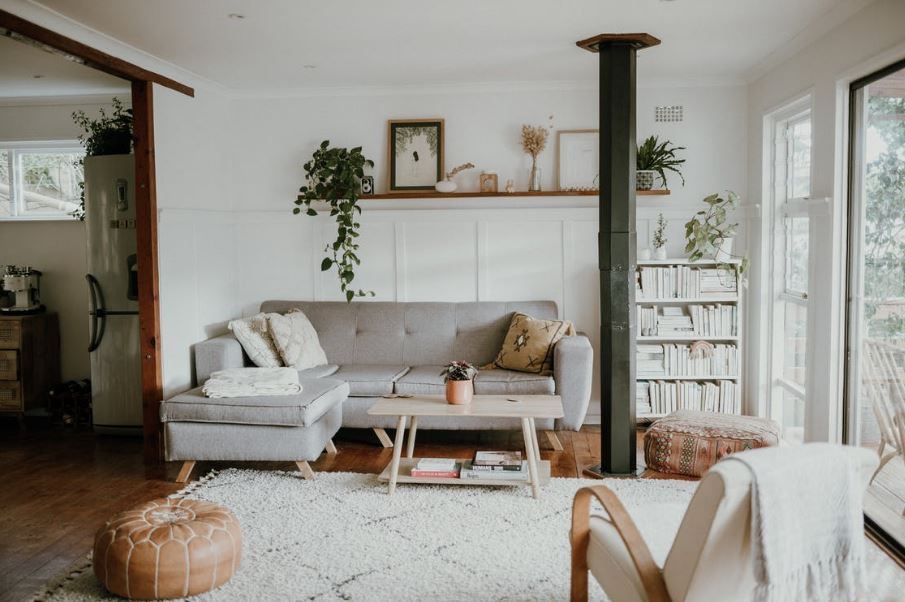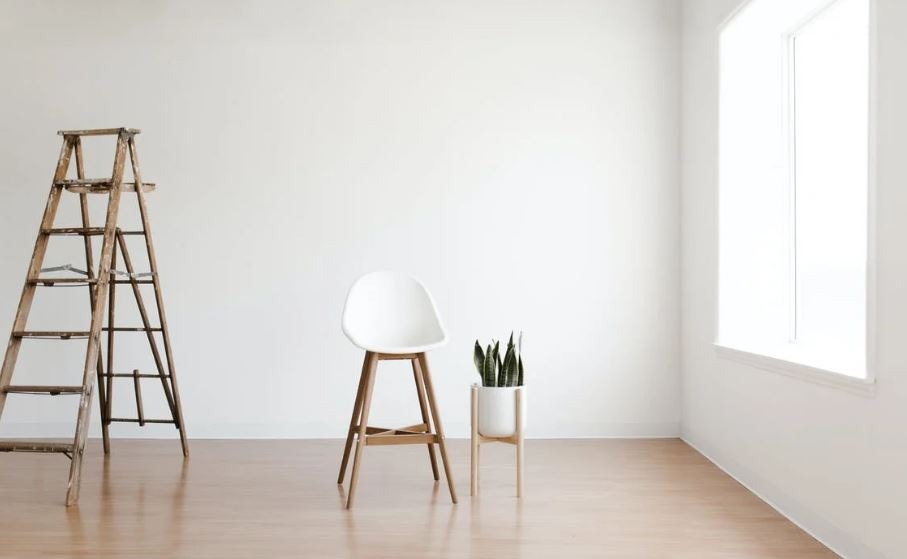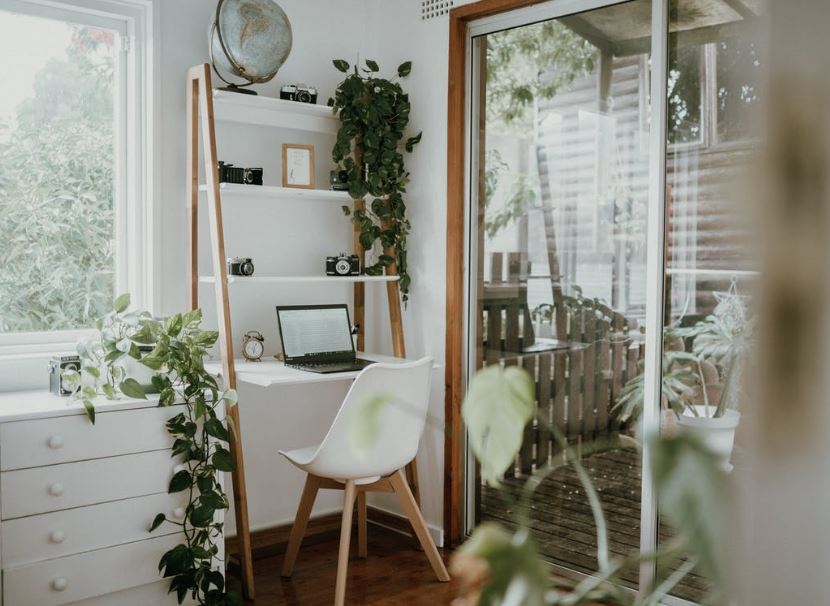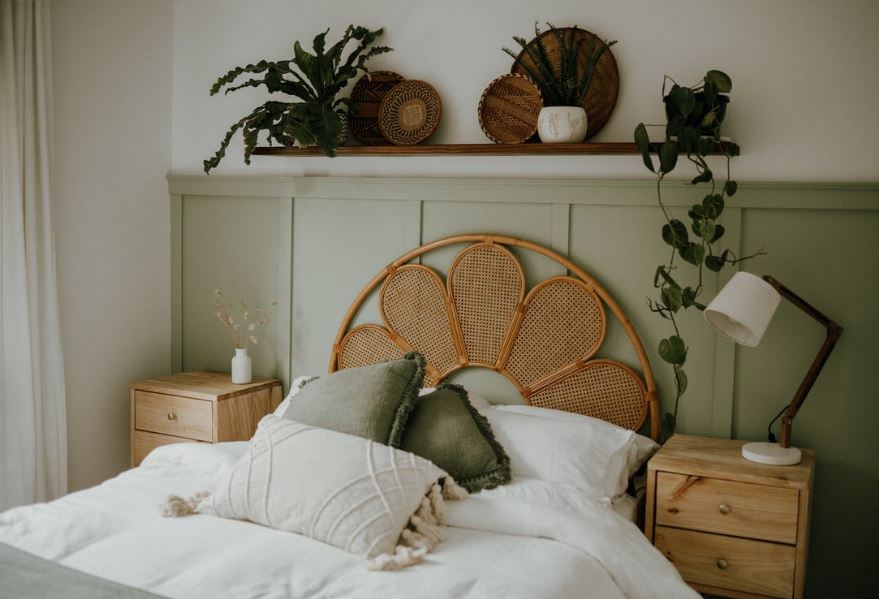Although minimalism is popular now, one type of clean design that will not go out of style is Scandinavian interior design. Using restraint in your décor preferences takes skill while making a space feel comfortable and relaxing. The design style is so popular because it appeals to our neatness and desire to live in welcoming and comfortable environments.
Want to achieve the style that Nordic countries are famous for? Continue reading to learn more about this popular interior design style.
What is Scandinavian Home Design?
Scandinavian design features clean lines, chic minimalism, and functionality without compromising beauty and favors light, airy spaces, exuding a wonderfully serene atmosphere. The style emphasizes utility, clean lines, and beautiful, functional, and cozy furnishings.
When and Where Did It Begin?
During the 1930s, the Scandinavian design emerged in the five Nordic countries of Norway, Denmark, Iceland, Finland, and Sweden. However, between 1954 and 1957, it toured the United States and Canada to showcase and promote various works by Nordic interior designers.
How Did It Come About?
This style’s ethos is an immediate result of the region’s natural resources and climate. Homemakers combat the cold nights of winter by maximizing the room to reflect as much light as possible. As a result, the Scandinavian style emerged when people were looking for light and cozy interiors.
How to Incorporate Scandi Style Into Your Home
Here are some helpful Scandinavian design tips to help you reap the benefits of this beautiful, functional, and calming interior design style.
Minimize
Scandinavian design style emphasizes light, bright, and open spaces with plenty of space to move and breathe. For example, white space and clean lines evoke a sense of capacity and calm. What is a Scandinavian room not? Cluttered.
Most people’s first step is to declutter. Instead of going for a stark and ultra-minimalist look, we recommend aiming for lagom, a Swedish term translating to “just right” or “in between.” We don’t want too much or too little.
The “just-right click point” concept of Japanese organizer Marie Kondo is similar. It’s personal, and you will know when you arrive.
If you need some concrete lagom tips, use color and pattern sparingly (in accents and rugs, for example), and try to balance any excess with opposite qualities in the room. Then, to fine-tune your definition of lagom, remove or add items until you feel satisfied.
Remember to shop and add items to your rooms with intention. Scandi décor on a budget is easier to achieve than you might think!
Select Quality
If you still don’t have high-quality, multi-purpose, or practical pieces, invest in them to keep with the Scandinavian tradition of craftsmanship. Scandinavian light fixtures, furniture, and other functional items must be modern and eye-catching but not overly ornate.
Take note: this doesn’t imply foregoing style. When everyday items are well-made (and made of high-quality materials), they can be used as décor in their own right. Look for design in everyday items and storage-as-decor pieces such as shelves and organizers, garment and shoe racks, and other storage-included items, which can serve as home helpers and stunning design elements.
Bring Nature Indoors
Because natural resources were meager in Scandinavian countries, Scandinavians have a hard-earned and distinct love for nature. To get the most of what nature had to offer, people had to find a way to work with it, to respect and understand it. This appreciation for nature can be seen in how Scandinavians spend their time outside and how they decorate and design their homes.
Natural elements, like bright and light wood, house plants, nature-inspired sculptural pieces, and natural upholstery and textiles, such as wool, sheepskin, mohair, linen, burlap, jute, and more, can be used to honor nature as a Scandi design principle. In vignettes, use natural objects and plants; let in views and light from outside. Use sustainable and eco-friendly materials in your home whenever possible.
Think Neutral (With Splashes of Color)
When it comes to color, try to mimic nature’s palette—think stone, earth, and wood, with pops of livelier color. A neutral color palette is simple yet sophisticated; lighter versions of wall color and light wood add lightness. This backdrop allows furniture pieces to serve as accents, adding interest and contrast.
Choose grayish blues, warm tans, green plants, monochromatic color stories, neutral (unsaturated) color versions, and botanical and graphic prints for larger blocks of accent color—and the color is allowed. Bold and bright colors are welcome joy infusions with smaller accents.
Make Use of Contrast
Like most interior design styles, Scandinavian room design is based on the design principle of contrast. And while many people associate contrast with colors at opposite ends of the color wheel, in this case, contrast can refer to various design elements (think: shape, texture, size, mood).
Dark neutrals and contrast light, abstract and natural, old and new pieces, straight and wavy, hard and soft, neutral and flashes of color, coziness, and utility instead of colors. To elevate the look, look for ways to contrast the foundational pieces, like walls, light fixtures, furniture, and wall art.
Include Some Hygge
Critics of Scandinavian design frequently confuse it with minimalism, which many people regard as harsh and cold—perhaps the last thing you’d want for a northern climate. Some prefer a lean, minimal, almost monastic version of the Scandinavian style. However, warmer colors, textures, and another essential element of the puzzle: hygge often soften the coolness of white and possibly uninviting clean lines.
Hygge is a Danish word translating roughly as “cozy togetherness.” And, because the Scandinavian design is influenced by the dark and bitter Nordic winters, staying comfortable and warm is essential.
Add items that remind you of comfort and warmth, such as soft blankets, candles, and slippers, to boost hygge. Make your fireplace a focal point and hang out spot if you have one. Personalize it with items that make you happy.
Because hygge is all about ease and relaxation, don’t be afraid to leave covers rumpled, throw blankets unfolded, and well-loved items on display. And, when designing your rooms, try to incorporate oases of comfort, like cozy chairs for drinking tea and reading.
We live in a world of frequent noise and clutter, so having a comfortable place to relax and unwind is essential for our health. Furthermore, the Scandinavian design style provides a functional and beautiful living environment that is difficult to find in other styles. Love the timeless appeal of Scandinavian design? Our new post delves into the serene world of Nordic simplicity.




